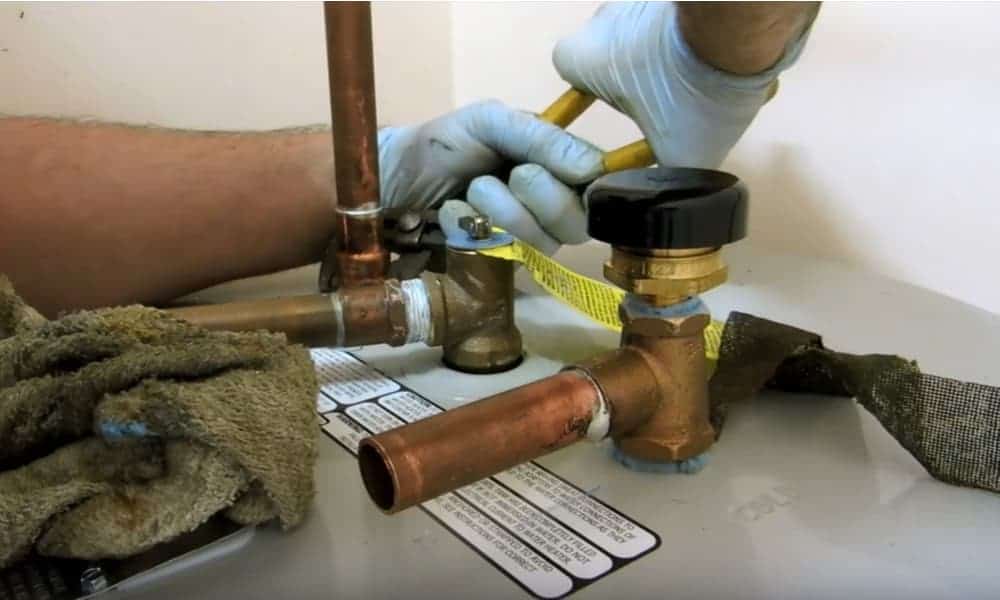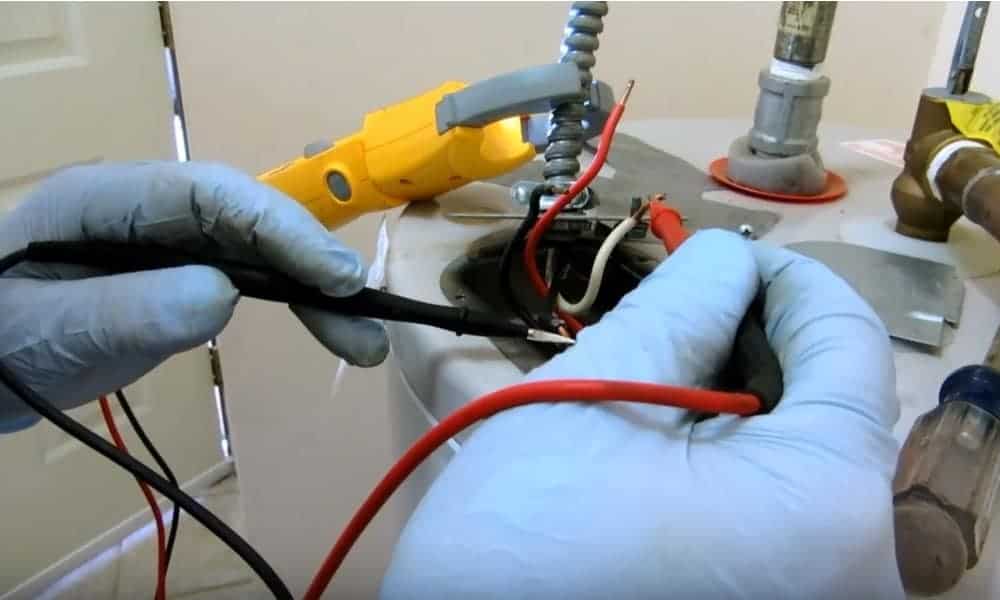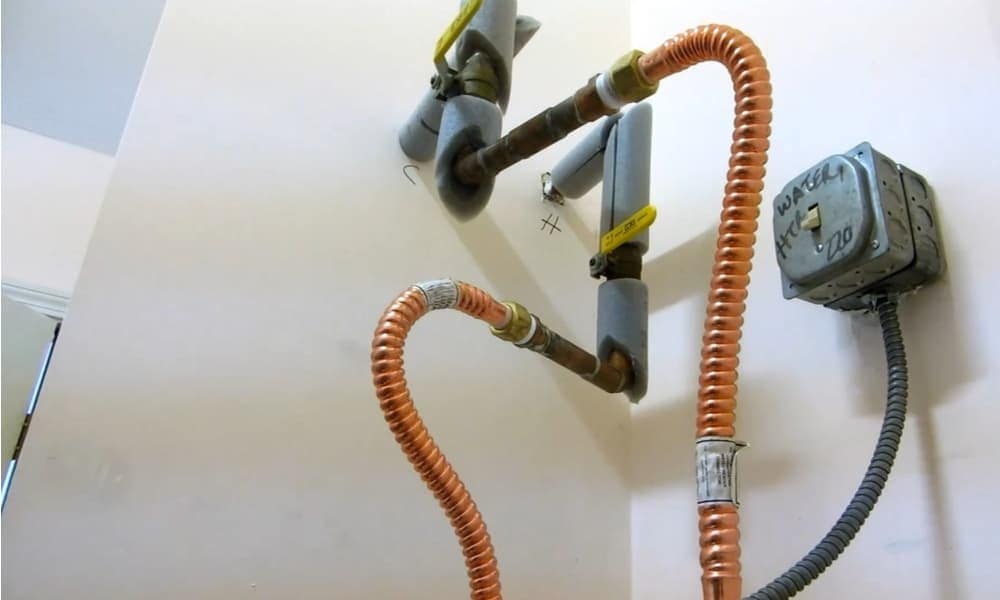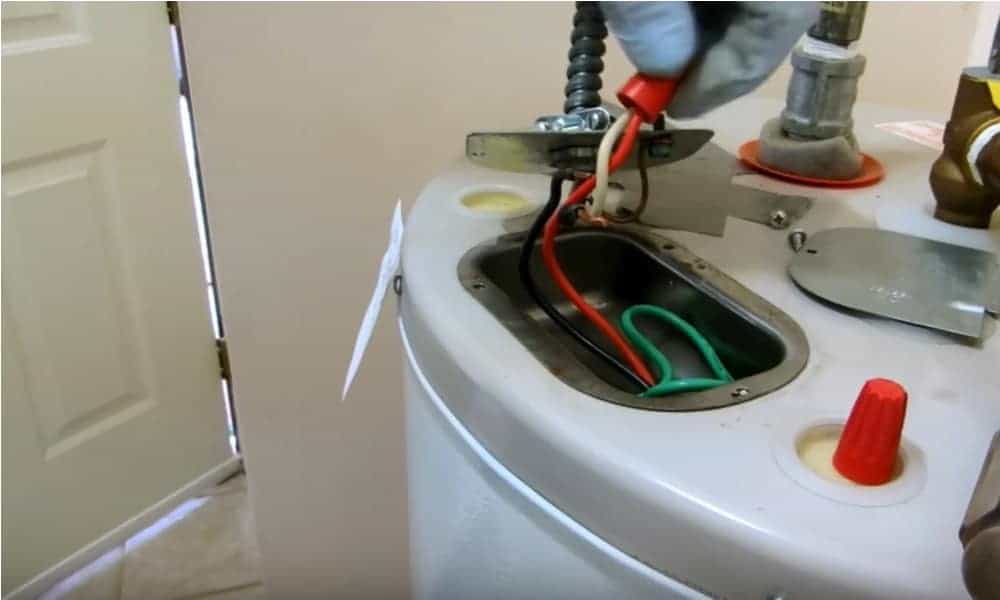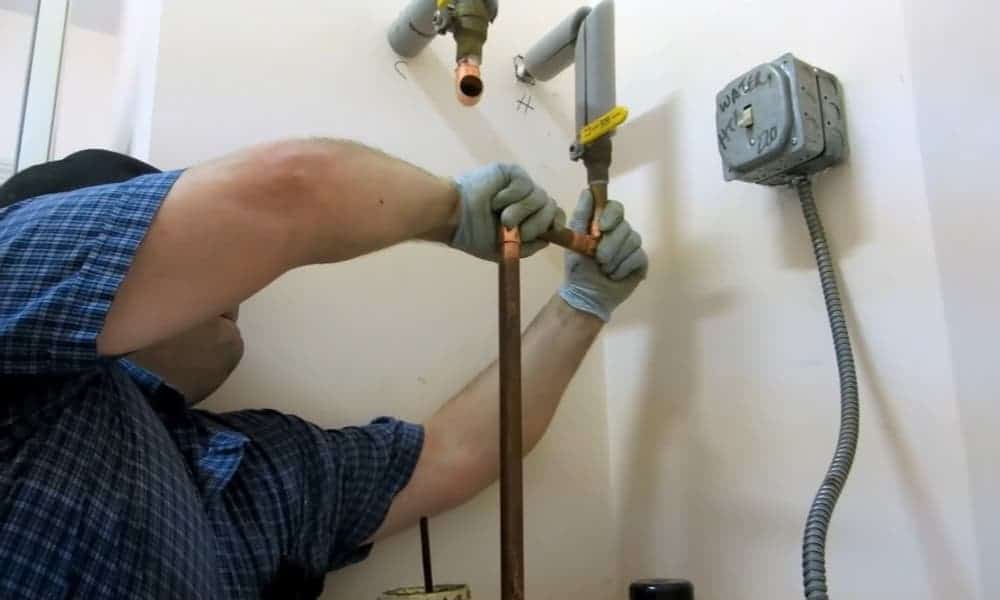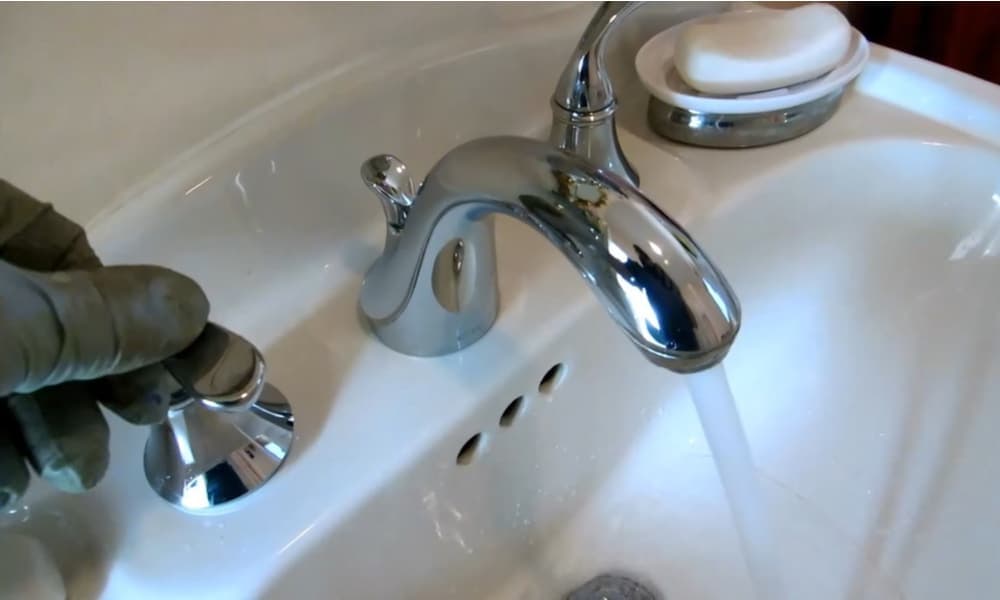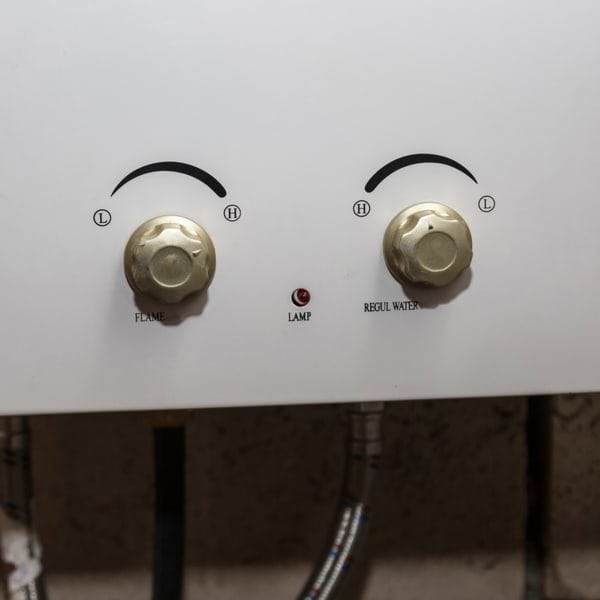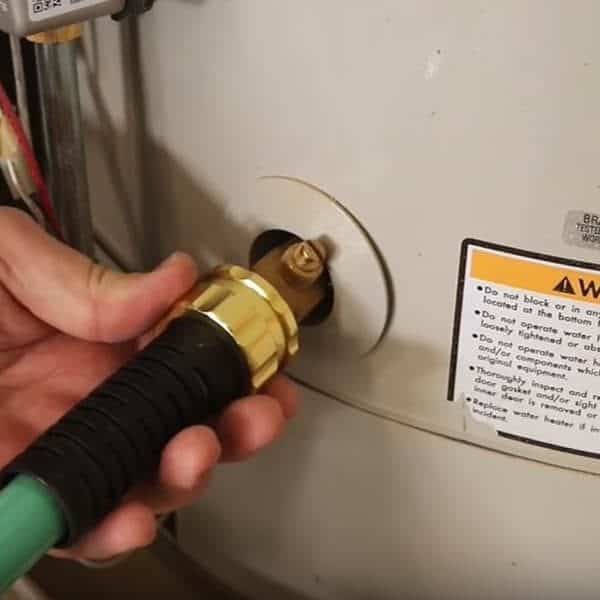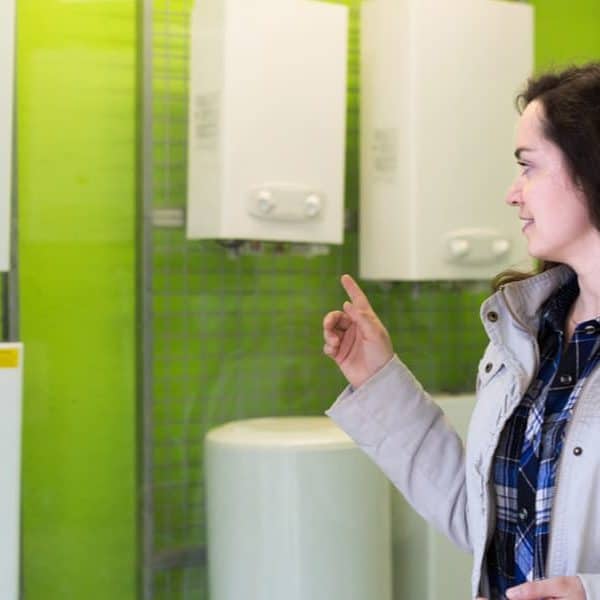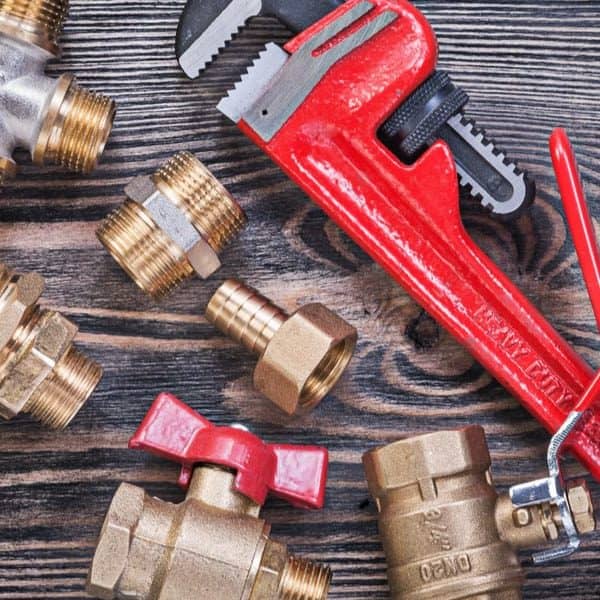Are you incurring expensive bills from your gas heater usage? Do you think your electric water heater has passed its best time and need a replacement?
The demand for hot water is enormous in virtually every home with energy incurred on water heating reported to be 17%. While there are lots of home professionals and electricians that can install your electric water heater, they don’t come cheap. Thus, the need to know this DIY strategy for electric water heater installation.
In this guide, we will show you how to install electric water heater in your home using a few tools. Not only will you be able to save your hard-earned money, but you will also equally hone your electrical fixing skills to handle similar tasks in your home.
How to Install Electric Water Heater
Installing an electric water heater can be challenging, but with a little knowledge of both plumbing and electrical work, you should be able to do-it-yourself following our procedures.
Materials and Items Required
Before we dive in, you should get all the tools and materials needed handy to make your work a seamless process. Here are some of the tools you will need:
- Protective glove
- Voltage detector
- Soldering iron
- Pipe cutter
- Screwdriver
- Wrench
- Pipe dope
- Hose
Step-by-step Guide on Electric Water Installation
Step 1: Power off the Electricity and Remove the Old Electric Heater
If you are replacing old electric water due to one fault or the other, you need to remove it first. Disconnect the power source to your electric water heater from the circuit breaker unit.
Next is to drain the tank. We have written a post on how to drain a water heater. Switch off the valves and attach a hose to drain the tank. Use any of the tools such as a screwdriver, tubing cutter or pipe wrench to remove the remaining connecting parts.
Step 2: Disconnect the electric wire
Disconnect the electrical cables from the upper part of the electric heater. Double-check that the circuit breaker is off at the breaker box.
Now check the wires with a voltage detector before starting. Cap the wire off and insert a mark or labeling to prevent possible confusion at a later stage. Alternatively, you can take a picture.
Step 3: Disengage the supply pipes
Detach the hot ad cold water supply pipes by cutting them off. This is particularly critical if the manufacturer used copper piping for plumbing your water heater.
Tubbing pipe or cutter is ideal for cutting. Also, leave enough portion of the tube to allow easy fix, and you can also remove the discharging pipe connected to the T&P Valve.
Alternatively, you can use a soldering iron to solder copper pipes to the cold water inlet. First, heat the pipe with a torch and solder it to the intake.
Step 4: Reconnect the electrical wires
Flip the junction box cover open to have free access to the electrical cables and connect the ground wire with the green ground screw.
Join the cables; you can twist them using wire connectors. Use the former wire connections as a guide and reconnect the wires as they were before you started working on it. And also, Replace the junction box cover.
Step 5: Install the supply lines
Be sure to attach the supply line and turn ON the water. Connect both the hot and cold water supply lines. Join the cold water pipe and the cold water inlet for the water heater.
In a case where your old water used copper piping, you can ignore the new water piping. For homeowners in earthquake zone, consider using seismic straps to hold firm the stud using a ratchet and a socket.
Step 6: Attach the Pressure Discharge Pipe and Temperature
Consider installing a new T&P relief valve if it’s not pre-installed. Using an old valve is not recommended. The T&P valve prevents damages by automatically opening whenever there is excess pressure or temperature. You should check the length that your electric water heater uses.
Clean the end of the pipe and the fitting, then connect it to the joint. Use the solder and a torch to connect the pipe.
Step 7: Switch on the circuit breaker
Put on the circuit breaker at the main power box. This should be done after your water heater is filled with water.
Warning: Leave the power off until the tank is filled. This can cause the electric elements to dry fire if they are not fully submerged. If you notice your water heater is not getting power, switch off the circuit breaker before checking electrical connections.
To get rid of the air in the tank and plumbing, let the hot water tap run for a few minutes. For the water to be thoroughly heated, it may take a few hours. Set the temperature at 120 degrees Fahrenheit. Check the discharge pipe after a couple of hours. The pipe may drip due to high pressure. Here is a video guide to support your learning.
NOTE: Follow the instructional guide on your manual as the steps may differ based on the model of your electric water heater.
How an Electric Water Heater Works
The working mechanism of an electric water heater is of little concern to an average homeowner as long as it serves its primary purpose of supplying hot water.
However, you have nothing to lose understanding the basics of how your water heating device works, and the available options when there is a need for replacement. The most popular is the tank-type water heater in contemporary homes.
However, for anyone seeking maximum energy efficiency, a hybrid model is a good option. Point-of-use is used ideally for delivering hot water to appliances located far from the home’s central water heater.
Application of Electricity in Water Heater
The electric water heater comes in various forms based on the presence or absence of a container, and how it generates the heat. They include:
The Tank-Type Water Heater
You probably have a tank-type water heater in your home. It’s the most prevalent water heating system in a contemporary home. A tank-type water heater can either run on gas or electricity.
However, running the former is a lot more expensive which makes an electric water heater a smart choice. A tank-type water heater has an insulated storage tank that holds both cold and hot water depending on the usage.
Whether you are using gas or electricity to power your tank-type water heater, you are bound to incur additional cost on energy. Tank-type water heater holds lesser water compared to the tankless, and equally waste much energy in maintaining the temperature.
Tankless Water Heaters
The technology behind a tankless water heater is innovative with its ability to recognize when you need hot water, calculate the require energy, and produce the specific amount of hot water you need per time. That’s why it is otherwise called an instant or on-demand water heater.
Whether you are using an electric tankless water heater or propane tankless water heater, this heating system will save your family hundreds of dollars in a year, as it consumes less energy. The only downside is that it is quite expensive to set up compared to the others.
Hybrid Water Heater
A hybrid water heater is equipped with an electric heat pump and leverages a compact compressor and evaporator coil to attract heat from the room air. The heat is then transferred to the incoming cold water. It saves 60% on energy compared to a conventional water heater.
Why Should You Consider Electric Water Heater?
You’re probably aware that an electric water heater is not the only form of heater available. Some are powered with gas, and a good example is propane tankless water heater. However, the electric water heater has some edges that we have highlighted below.
- Lower Initial Cost
Compared to the other water heaters available in the market, an electric water heater is the most affordable option in terms of the initial cost. This will depend mainly on the type and size of the water heater, whether it is powered by electricity or gas.
For you to install a gas water heater, you will need to install extra piping and set up another ventilation system that will help you to vent the exhaust emanating from the combustion process. You do not have to do this when installing an electric water heater, which makes the installation seamless.
- Availability
An average home is tied to the electric grid, which makes it possible to install an electric water heater. On the other hand, before you can install a gas water heater, your home has to be connected to natural gas or propane supply sources. This can be very costly.
- Safety
Appliances that run on gas are prone to a gas leak; water heater is not an exception. Although an electric water heater has its own safety concerns, the chances of experiencing any electrical safety issue are much lower than that of a gas leak.
- Efficiency
An energy factor (EF) is a term used to compare the efficacy of various water heaters available. It is a number that evaluates the effectiveness of a water heater regarding the amount of fuel or electricity required to produce hot water. A high-efficiency heater will have a high EF.
Conclusion
By now, you must have learned how to install an electric water heater. The processes are straightforward, and you can easily deploy them. What makes it more interesting is that anyone can do it as far as you have a little knowledge of plumbing and electrical installation.
Also, you must be able to follow the instructions. Not only will you be able to save more compared to using gas, but it will also maximize the efficiency of your water heater.
We have covered everything you need to know on how to install an electric water heater. However, if you get lost at a point, do well to reach out to us in the comment section below.
And don’t forget to share with your friends and family who may need the same solution.
